Jewellery
About Cubic Zerconia (CZ)
Quality Of Diamonds Compared To Cubic Zirconia (Or CZ)
The Cut, Clarity, Colour and Carat Weight all have a significant impact on the Cost of diamonds because these factors are all used to value the price of a diamond. The Cut, Colour, and Clarity are used to measure the quality of the diamond and the Carat is used to measure the weight of a diamond. The elements of the 4C’s have been used to compare diamonds and Cubic Zirconia and the comparisons are detailed below.
Cubic Zirconia (Also Known As CZ) – The Advantages
Facts and information about the advantages of Cubic Zirconia are as follows:
- Cost – The cost of Cubic Zirconia is roughly a tenth of the price of natural diamonds
- Appearance – Cubic Zirconia is so optically close to diamond that even jewellers cannot tell the difference between a Cubic Zirconia and a diamond with the naked eye – jewellers use a loupe to tell the difference
- Clarity – Cubic Zirconia is virtually flawless equivalent to Grade F on the Diamond Clarity Chart
- Inclusions / Flaws – Cubic Zirconia is virtually flawless whereas most diamonds have internal inclusions or external blemishes
- Colour – Cubic Zirconia CZ can be made entirely colourless or white, equivalent to a perfect “D” on the colour grading scale of diamonds
- Coloured Cubic Zirconia CZ – Natural coloured diamonds are extremely rare and expensive but synthetic gemstones like the Cubic Zirconia be made in a variety of different colours
- Fluorescence – An undesirable hazy effect. The Fluorescence of diamonds or Cubic Zirconia (CZ) is not usually noticed by the naked eye but can be seen under ultraviolet lighting at dance clubs and Jewelry stores. Under ultraviolet lighting Cubic Zirconia typically fluoresces a yellow, greenish yellow or beige colour. Diamonds fluoresce a blue colour
- Hardness – Hardness denotes resistance to scratching as opposed to Toughness which relates to the ability to resist breakage from falls or impacts. Cubic Zirconia is much harder than most natural gems at about 8.5 on the Mohs scale, however it is nowhere near as hard as a diamond at about 10.0 on the Mohs scale
Weight and Size – Cubic Zirconia CZ is about 75% heavier than diamond and measured in millimetres, referring to the diameter, as opposed to carats. A Cubic Zirconia CZ will weigh about 1.7 times more than a diamond of equivalent size. A 6.5 mm Cubic Zirconia is equal in size to a one-carat diamond but actually weighs about 1.75 carats.
Cubic Zirconia CZ Jewellery
Cubic Zirconia jewellery started to become popular during the 1980′s. Cubic Zirconia jewellery include all different types of rings including wedding rings, engagement rings and eternity rings set in silver sterling and gold. Cubic Zirconia jewellery also includes earrings, necklaces, pendants, bracelets again set in silver sterling and gold.
Cubic Zirconia (Also Known As CZ) – The Disadvantages
Facts and Information about the disadvantages of Cubic Zirconia are as follows:
- Jewelry containing synthetic gemstones like Cubic Zirconia are not a good investment, they do not hold their price
- Cubic Zirconia CZ has slightly less sparkle than diamonds. Sparkle is a measure of the light reflected out by a diamond as it is viewed from different angles
- Fire – Cubic Zirconia CZ has more ‘fire’ or brilliance producing a more synthetic effect
- The white-white colour of the Cubic Zirconia CZ is a less believable imitation as white-white colour diamonds are extremely rare
- Hardness – Diamonds are harder than Cubic Zirconia which is 8.5 on the Mohs scale compared to a diamond at about 10.0 on the Mohs scale
- Toughness – Cubic Zirconia is more brittle than diamond and has less ability to resist breakage from falls or impacts
- Rarity – Cubic Zirconia is not rare and can be made quickly and in vast quantities, whereas natural diamonds take millions of years to form
- Status and Wealth – Cubic Zirconia has not got the same status as a diamond and does not indicate wealth
- Symbolic Value – Diamonds have long symbolised love and purity – Cubic Zirconia has no symbolic value just an artificial crystal resembling a diamond.
A synthetic gemstone, ZrO2, used in jewellery as an artificial diamond.

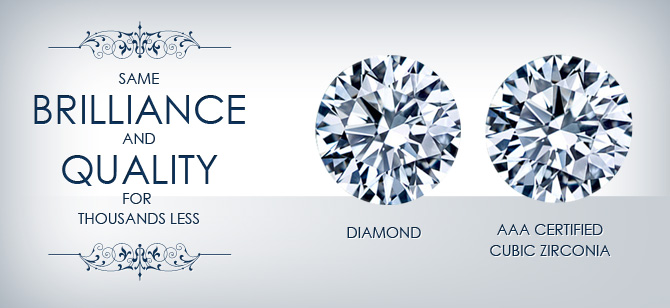
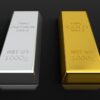
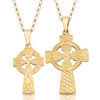
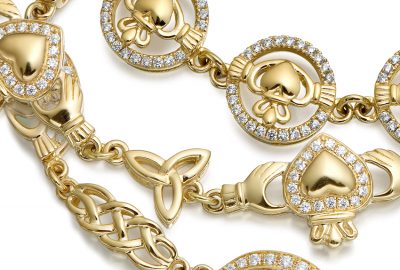

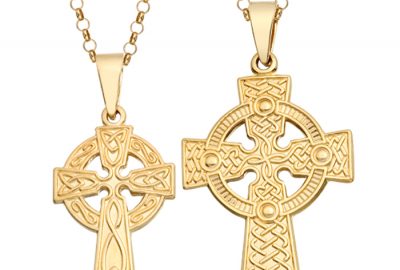
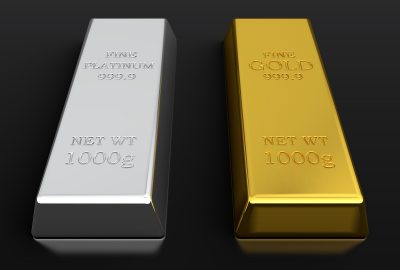
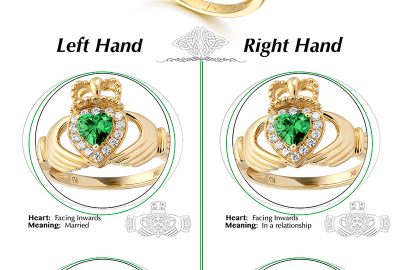

Recent Comments